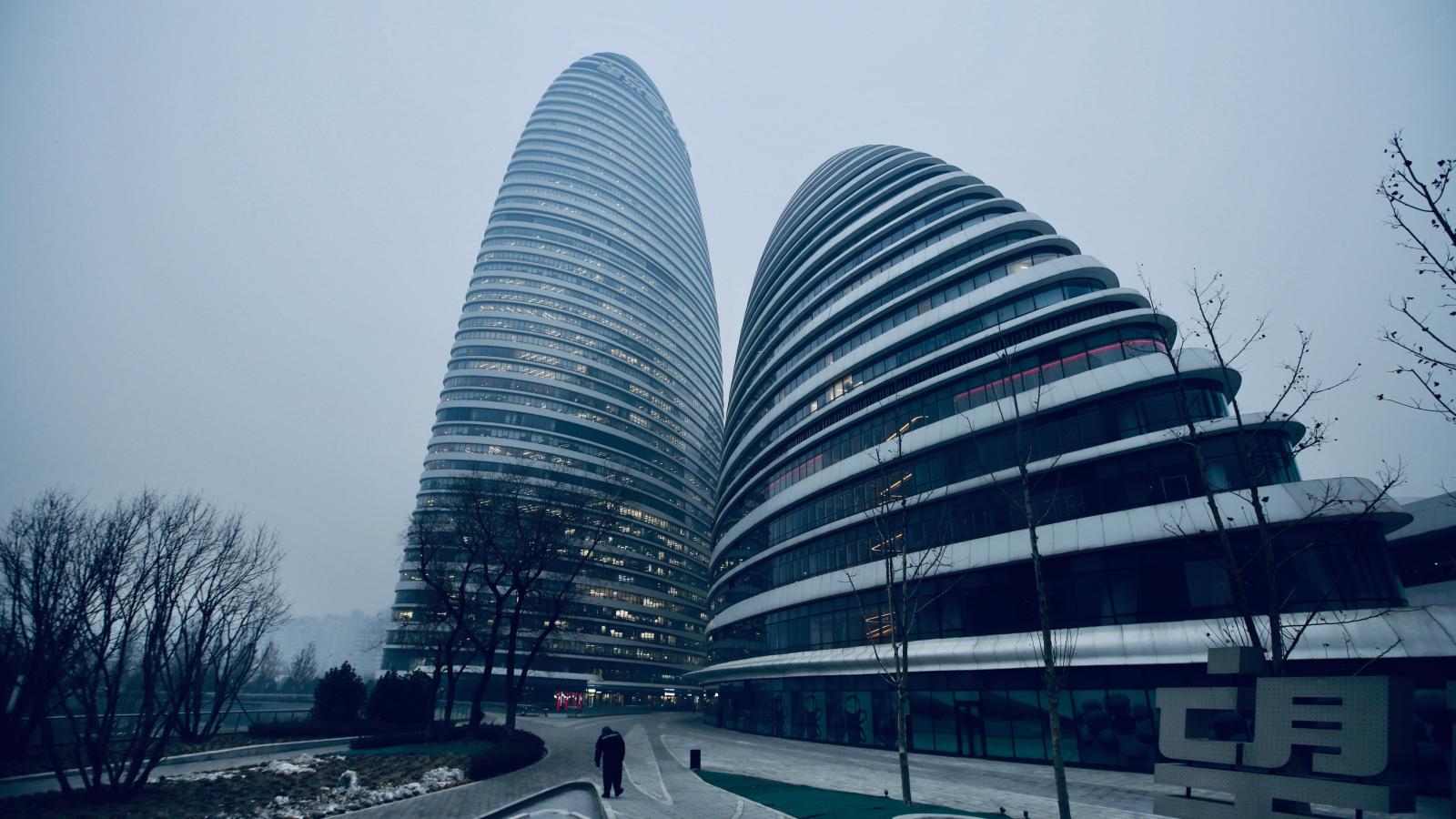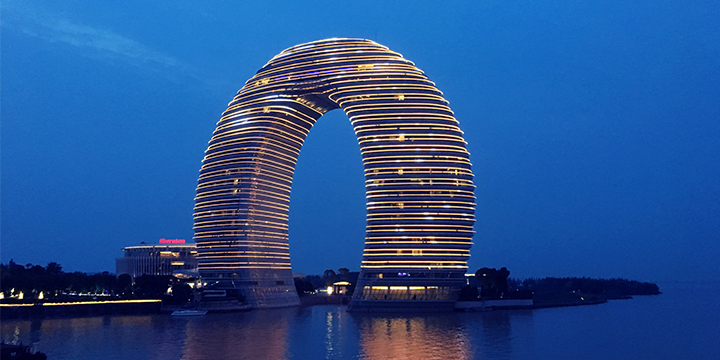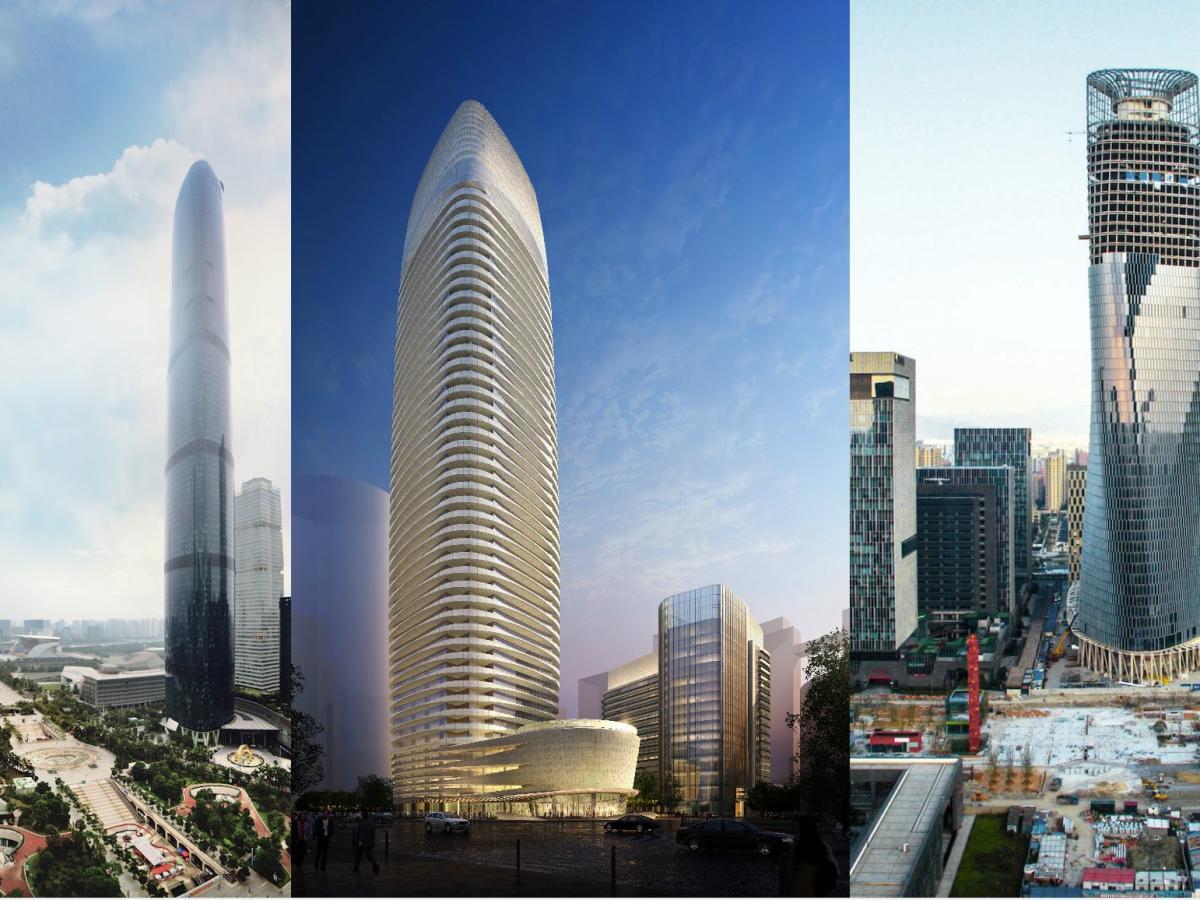China is the world’s most populous country. It has also proved its superiority in the field of economic development.
It also needs buildings in the same proportion to accommodate large populations and to facilitate economic activity, and China is working extensively in this area.
Experts say that in the coming decade, half of all buildings built worldwide will be built in China alone.
China already produces two billion square meters of floor space every year. If these buildings were one storey, their total area would be equal to the whole area of London.
At the same time, it is a huge area in terms of carbon emissions.
Along with the increase in economic activity, China has also increased the construction of the building. At the same time, the use of energy in these buildings has increased, which has created a challenge for the environment.
Between 2001 and 2016, China’s construction sector used the equivalent of one billion tons of coal.
From the supply of raw materials to building construction, the energy used in construction is one-fifth of China’s total carbon emissions.
Such massive carbon emissions are a wake-up call for both humans and the environment. The Chinese people have realized this danger and have paid the price.
Maybe that’s why new building methods are being developed to reduce carbon emissions. The most effective way to do this is to cover buildings with plants.

The experiment first took place in Italy
The first such experiment was made by Stefano Buri, an Italian architect in Milan, Italy. And now the sack team is going to do the same experiment in China
Work is underway on two green towers in the Chinese city of Nanjing, which will be completely covered with greenery. The towers were due to be completed by the end of 2020, but could not be completed on time due to the Corona epidemic.
The additional part of the building will be planted with two and a half thousand types of shrubs, more than one thousand trees and other plants. Currently, 600 species of native trees are being planted in the nurseries for planting on the front walls of the building.
By the time they are installed in the building, they will be six to nine meters long.
Before planting these trees, their potential will be tested and they will be passed through a wind tunnel. Accordingly, trees will be planted on different floors of the building.
In many provinces of China, greenery has been made mandatory for tall buildings. Sky Garden balconies have been built in Zhejiang Province, for example. But they are exempted on the basis of total plot area.
That is, when the plot area is measured, it does not include this green balcony, which is a kind of bonus.

The need for planning
It takes a lot of planning to make a building green. And greening is currently the only way to control rising carbon emissions.
China’s carbon emissions from the construction industry could be significantly reduced if vegetables and greenery began to appear outside buildings.
At the same time, some experts believe that the materials used in the construction of the building must be improved. Cement, for example, is currently responsible for 8% of the world’s total carbon emissions.
Recycling of building materials can significantly reduce carbon emissions. China’s Vinson Company has started work in this direction. The company is using 3D technology for this purpose.
It is better to use existing things than to grind and use useless things to build a new building.
Liu Hang, director of the Green Architectural Design and Research Institute, is doing something similar. He reshaped the useless part of an old factory with the help of old glass and pieces of cement.
They built curtain walls around the corridor that did not allow hot air from outside to enter, and the temperature inside was controlled. Liu says that 3D printing can be very useful in this work. This will save both wages and materials.

China is also working to build buildings that can be kept cold or hot without any mechanical means. It was first used in the construction of the Peking University building in Beijing in 2005.
The corridors of this building are designed in such a way that they stay warm in winter and cool in summer and also have plenty of natural light and no power consumption.
The electrical system in the classroom is also designed in such a way that the lights are on in the presence of someone.
People in the architecture hope that the way new buildings are being designed is very stable and the Chinese government will encourage them. By 2018, more than 10,000 green projects have been approved in China.
In 2017, China decided that by 2020, 50 percent of all buildings will be green.
China’s urban growth rate is fast. Therefore, the pace of change will be faster here. If half of the world’s buildings are to be built in China this decade, these new methods will make a big difference.
If China were to make even 50 percent of its homes greener, the world’s total carbon emissions would be greatly reduced.